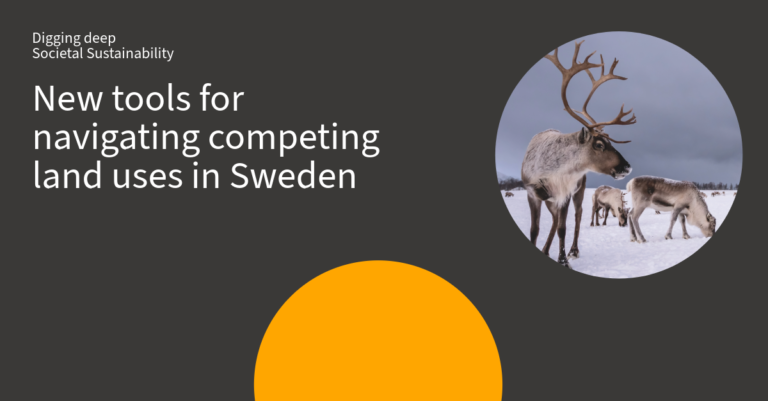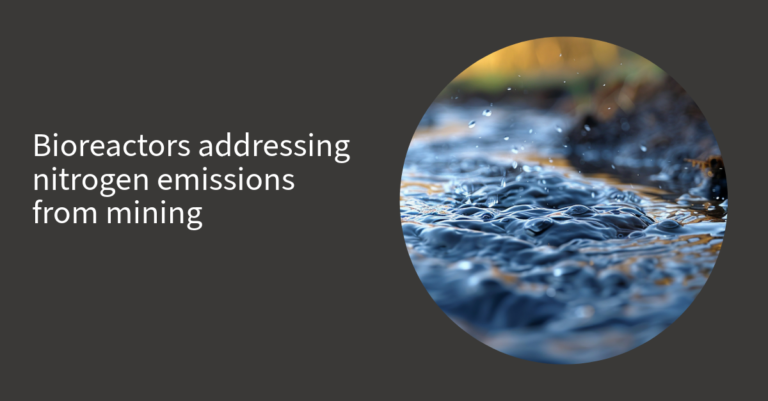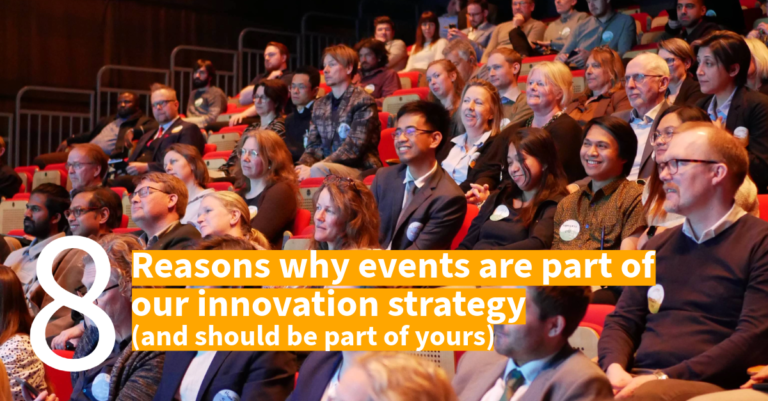Waste2Place rethinks how to deposit waste rock and create final landforms. Having the knowledge and tools to implement this, will help return mining disturb land back to people and nature.
The Waste2Place project, funded by Swedish Mining Innovation, is run by Frida Holst and Matt Baida of VAST Landscape Architecture. Together with ten partners from industry, experts and academia they attempt to address the long-term liability risk and, in many cases, costly ongoing maintenance, of current waste rock landform solutions.
– The challenge is that today’s industry solution for waste rock landforms prioritizes cost-efficient deposition over environmental performance, which does not fulfill the goals of the companies or community expectations. Biodiversity loss, negative visual impact, and loss of livelihood and culture can be associated current practices. All this negatively impacts a company’s social licence to operate, which could impact its ability to gain future mining permits. But most importantly, mining disturbed land is often left unusable by the local community, Matt Baida says.
What results are you expecting?
– We are looking holistically at the geomorphic approach, including identifying reference sites, designing, mine planning, construction implementation, revegetation practices, and landform performance monitoring. Each of these areas has key results that collectively bring together unrelated knowledge, scientific approaches, techniques, processes, and technologies to create a Swedish-centric geomorphic reclamation toolkit.
What can you tell us about the method for developing this toolkit?
– The project centres around geomorphic landform design and implementation, which has been used internationally to create long-term stable landforms, drive ecological recovery, reduce visual impacts and create usable post-mining landscapes. The approach is recognised as Best Available Technique (BAT) in the EU, yet it is still not widely known or adopted.
The basis of the consortium was bringing new expertise into the mining industry to help drive innovation and thinking around the geomorphic approach. And of course, having the industrial partners aligns the project outcomes specifically with current industry pain points.
– A key challenge for us has been creating a knowledge-sharing environment with an agenda of problem-solving, idea generation, knowledge-sharing, and co-creation. We have achieved this with frequent and structured internal communication and collaborative workshops.
What will be the next steps towards implementation once this project ends?
– The mining industry is a results-based industry. As such, for the geomorphic approach to grow in Scandinavia we need projects whether pilot or operational scale. We will be looking to develop these with our industry partners and other companies through the EU who would benefit from our project outcomes, Matt says.







